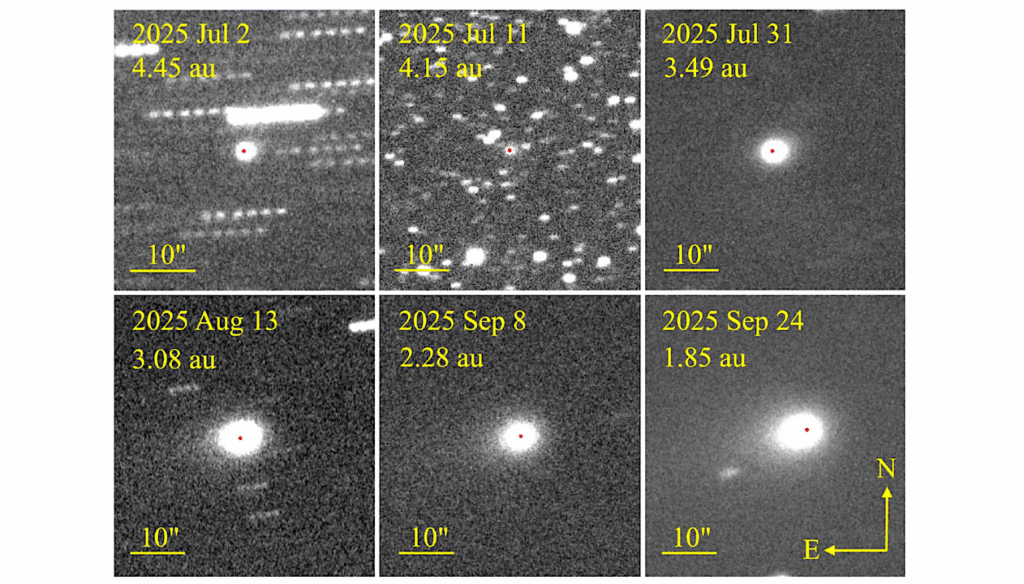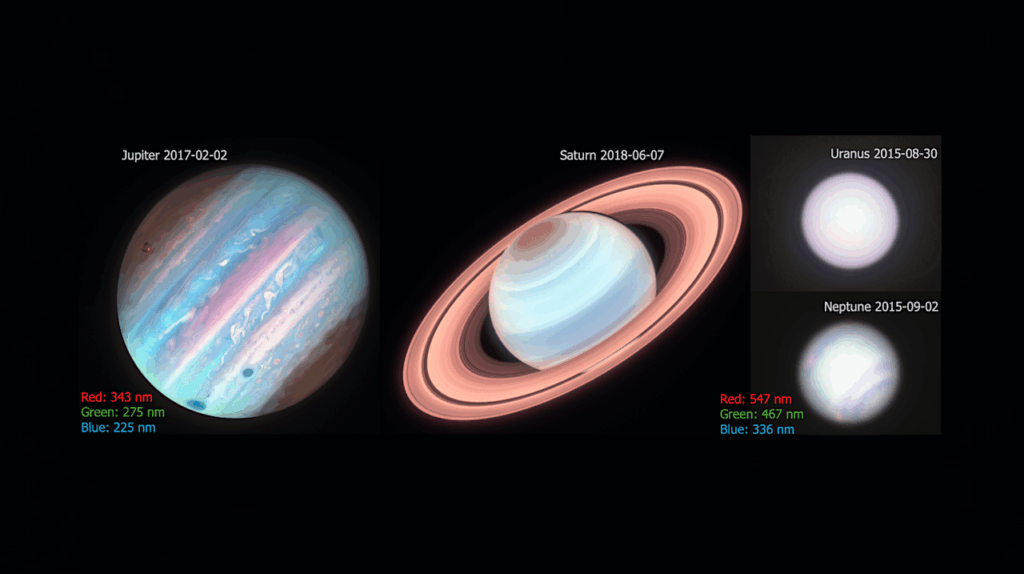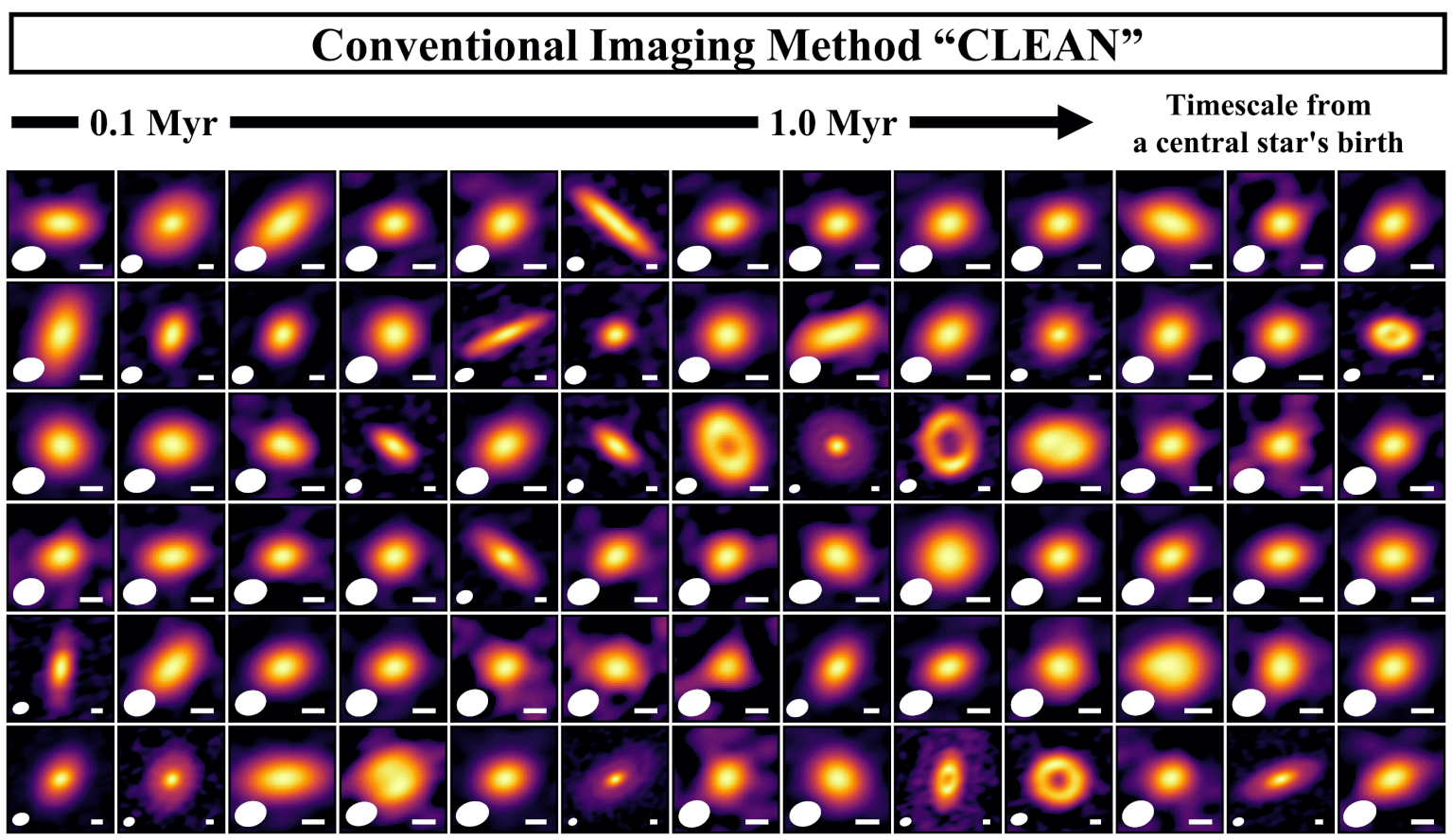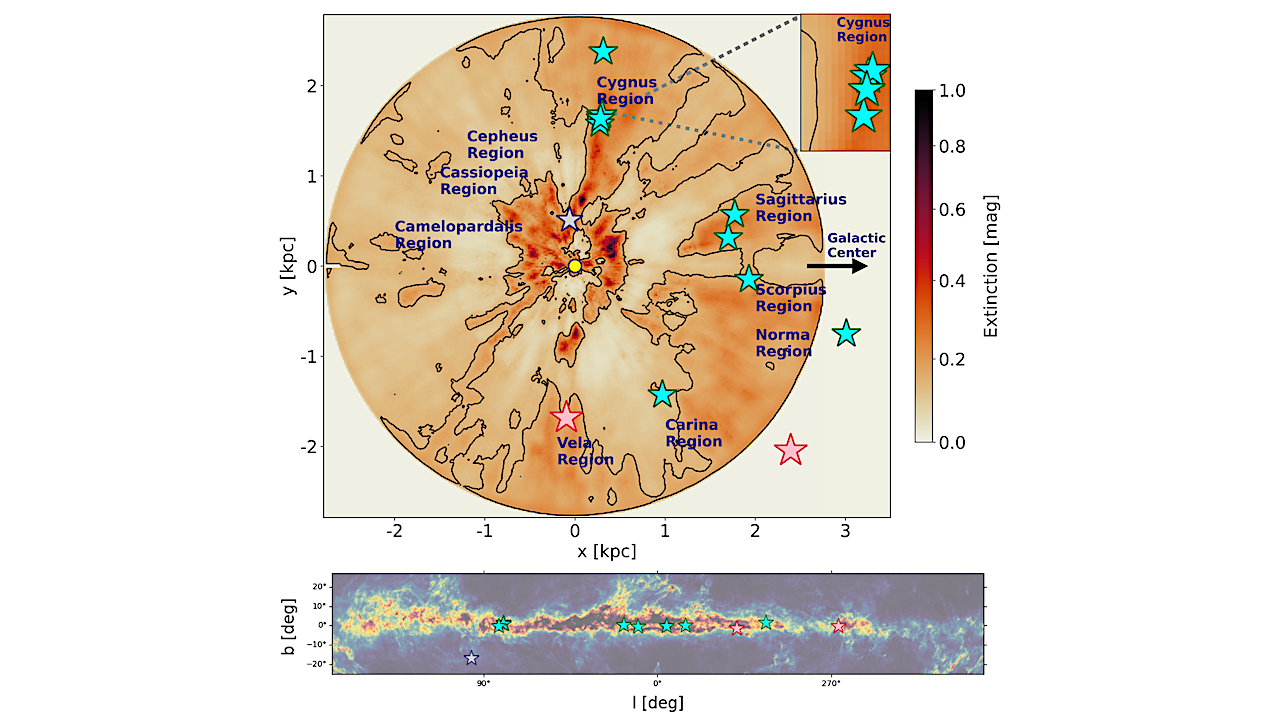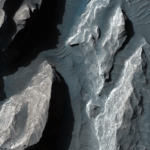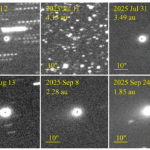Now Reading: Micron-scale Crystals In Halite Are Proxies For Permian Acid Brines
-
01
Micron-scale Crystals In Halite Are Proxies For Permian Acid Brines
Micron-scale Crystals In Halite Are Proxies For Permian Acid Brines


Primary fluid and solid inclusions along growth bands in bedded halite samples from this study.(E and F) Paired plane transmitted light (E) and cross-polarized views of solid inclusions in Cedar Hills Sandstone from Kansas, USA, 715.62 m (2347 ft, 6 in). XPL—cross-polarized light. — GSA Bulletin
Permian bedded halite of the Nippewalla Group of Kansas and the Opeche Shale of North Dakota, USA, formed in extremely acid saline lakes.
However, a full understanding about the compositions of those brines is not known. Micron-scale crystals within primary fluid inclusions in halite give clues about the geochemistry of past lake waters.
Here, we use petrographic, microthermometric, and Raman spectral observations of crystals in chevron and cumulate halite crystals from two subsurface cores to make interpretations about past Pangean lake water chemistry.
Our results show that (1) entrapped crystals are situated within primary fluid inclusions and as solid inclusions along growth bands in host depositional halite; (2) the presence of entrapped crystals is heterogeneous amongst fluid inclusions of single growth bands; (3) crystals in fluid inclusions do not change size upon heating or cooling; (4) at least nine different sulfate minerals were identified, including Ca-sulfates, Sr-sulfate, Mg-sulfates, Fe-sulfates, and Al-sulfates; and (5) rare carbonate grains partially coated with hematite were observed in some inclusions.
We conclude that these crystals precipitated, alongside halite, in complex sulfate-rich, metal-rich acid saline lake waters.
Rare hematite-coated carbonate grains likely were blown into the lakes by winds. We propose that these petrographic and spectroscopic methods can be used to refine past water compositional data from other bedded evaporites. In addition, any salt minerals returned in samples from Mars should be evaluated for accidental daughter crystals to reach a better understanding of past Martian water compositions and habitability.

Primary fluid and solid inclusions along growth bands in bedded halite samples from this study. (A) Chevron crystal with alternating cloudy, inclusion-rich and clear, inclusionpoor growth bands, Opeche Shale from North Dakota, USA, 2259 m (7411 ft, 6 in) depth. (B) Growth bands in portion of chevron crystal, Opeche Shale, 2259 m (7411 ft, 6 in). (C) Primary fluid inclusions in cumulate crystal, Salt Plain Formation from Kansas, USA, 773.46 m (2537 ft, 6 in). (D) Growth band composed of tiny solid inclusions, Opeche Shale, 2259.6 m (7413 ft). (E and F) Paired plane transmitted light (E) and cross-polarized views of solid inclusions in Cedar Hills Sandstone from Kansas, USA, 715.62 m (2347 ft, 6 in). XPL—cross-polarized light. — GSA Bulletin
Micron-scale crystals in halite are proxies for Permian acid brines, GSA Bulletin
Astrobiology
Stay Informed With the Latest & Most Important News
-
 012024 in Review: Highlights from NASA in Silicon Valley
012024 in Review: Highlights from NASA in Silicon Valley -
 02Panasonic Leica Summilux DG 15mm f/1.7 ASPH review
02Panasonic Leica Summilux DG 15mm f/1.7 ASPH review -
 03How New NASA, India Earth Satellite NISAR Will See Earth
03How New NASA, India Earth Satellite NISAR Will See Earth -
 04And Thus Begins A New Year For Life On Earth
04And Thus Begins A New Year For Life On Earth -
 05Astronomy Activation Ambassadors: A New Era
05Astronomy Activation Ambassadors: A New Era -
06SpaceX launch surge helps set new global launch record in 2024
-
 07Space Force plans new ‘Futures Command’ amid pressure to speed up modernization
07Space Force plans new ‘Futures Command’ amid pressure to speed up modernization













